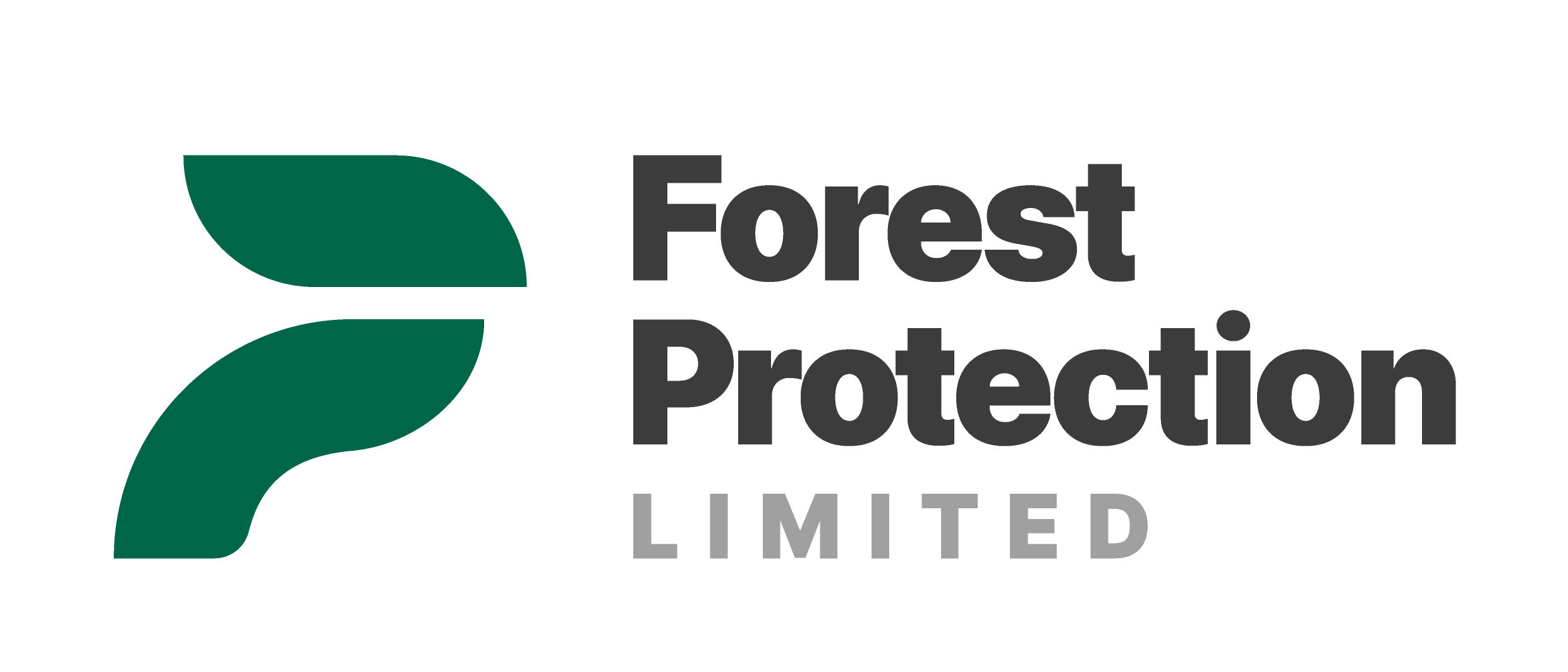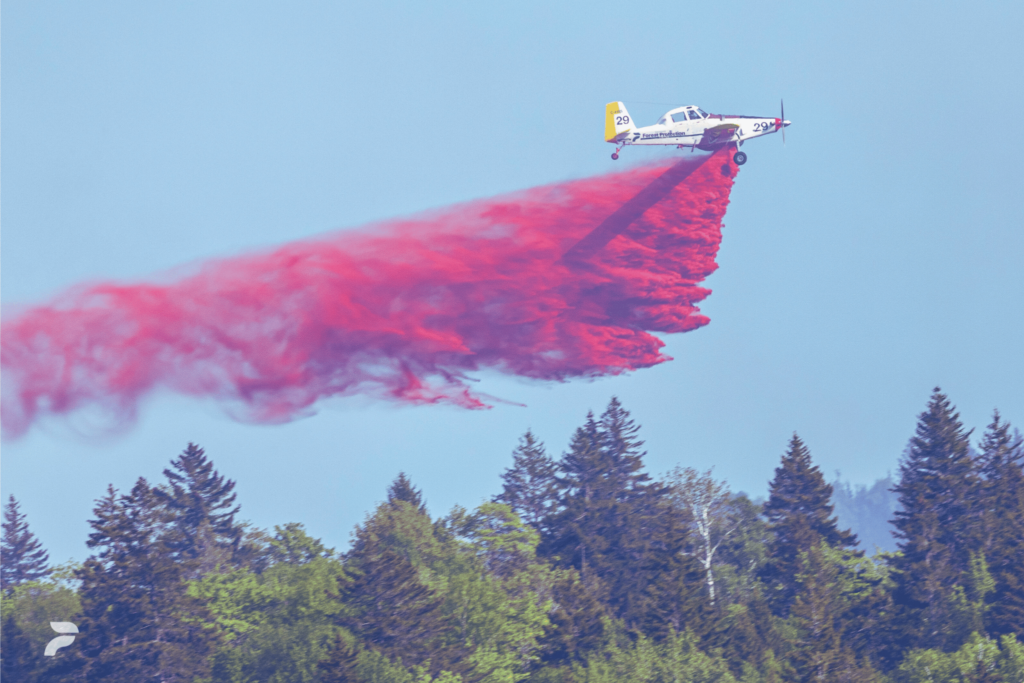Fire suppression methods play a crucial role in managing wildfires and industrial fires. The choice between fire retardants and water depends on the fire hazard and the potential for collateral damage. These factors are carefully considered in selecting the most appropriate suppression method for each situation.
Fire Retardants: A Powerful Ally
Fire retardants and water serve different purposes for fire suppression and offer several critical advantages over water:
- Supporting Ground Crews: Fire retardant slows the spread of wildfires, enhancing safety, creating strategic control points, protecting critical resources, and buying time for ground firefighting efforts. Combined with other firefighting tactics, it significantly contributes to the successful containment and extinguishment of wildfires.
- Effectiveness: Fire retardants are designed to interrupt the chemical reaction that sustains combustion, making them more effective at controlling fires than water.
- Long-lasting Protection: Fire retardant forms a protective barrier to provide continuous suppression against wildfires and industrial fires.
- Reducing Water Damage: Fire retardant minimizes damage with less moisture when water can cause damage, such as in homes, libraries, museums, or data centers.
- Environmentally Responsible: Long-term fire retardants are designed to have low toxicity levels and are formulated to biodegrade gradually, reducing their impact on ecosystems.
Canadian Environmental Regulations
In Canada, long-term fire retardants are subject to strict environmental regulations. They must adhere to guidelines established by the Canadian Environmental Protection Act, ensuring they do not pose significant risks to human health or the environment. While federal regulations provide a baseline, each province and territory in Canada may have its specific requirements and regulations related to fire retardants. Manufacturers and users must adhere to these regional rules.
The choice between fire retardants and water for fire suppression depends on the specific circumstances, with fire retardants offering unique advantages and eco-friendly properties. Understanding and complying with Canadian environmental regulations is essential for the responsible use of fire retardants in the country.
When considering fire suppression methods, we need to think beyond the flames. We need to consider the environment and long-term impact to make an informed choice between fire retardants and water based on the fire hazard and potential collateral damage.

